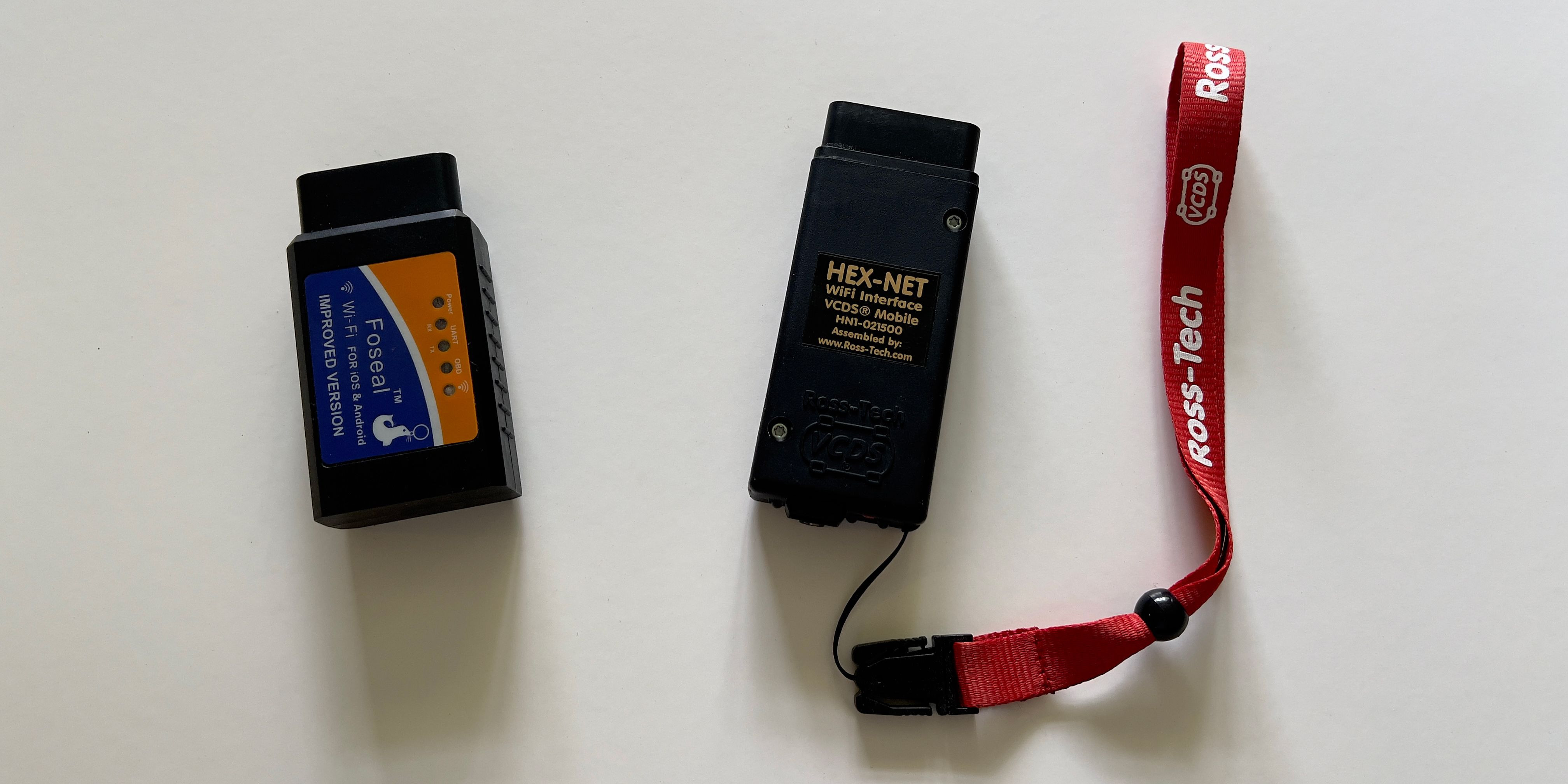What is L494? Exploring the Range Rover Sport (2013-2022)
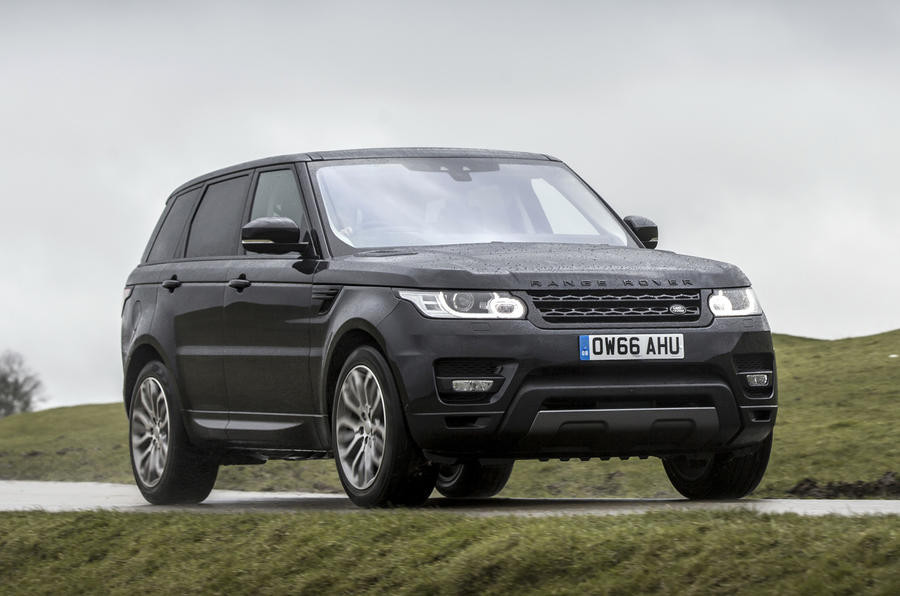
Land Rover’s introduction of the Range Rover Sport in 2005 marked a pivotal moment, quickly establishing itself as a top-selling model by blending the iconic Range Rover’s prestige with a more dynamic and accessible package. Building upon this success, the second generation, known internally as the L494, debuted in 2013, ushering in a new era of refinement and performance. This iteration wasn’t just an update; it was a comprehensive transformation that solidified the Range Rover Sport’s position in the luxury SUV market, and remains a highly sought-after vehicle even today. For those in the automotive repair and diagnostics field, understanding the L494 Range Rover Sport is crucial due to its advanced technology and widespread popularity. Let’s delve into what makes the L494 generation so significant.
Exterior Design Evolution of the L494
 Range Rover Sport L494 Exterior Front View
Range Rover Sport L494 Exterior Front View
The Range Rover Sport L494, produced from 2013 to 2017, represents a high point in automotive design. Land Rover masterfully crafted a vehicle that draws inspiration from both the flagship Range Rover and the stylish Range Rover Evoque. The result is an SUV that exudes luxury and athleticism in equal measure. The sleek headlights and the subtly sized front grille contribute to a commanding and sophisticated front fascia, particularly emphasized by the gloss black accents found on HSE Dynamic models. The overall design philosophy prioritizes clean lines and avoids unnecessary ornamentation, effectively masking the vehicle’s substantial dimensions, especially its width, when compared to competitors in its class.
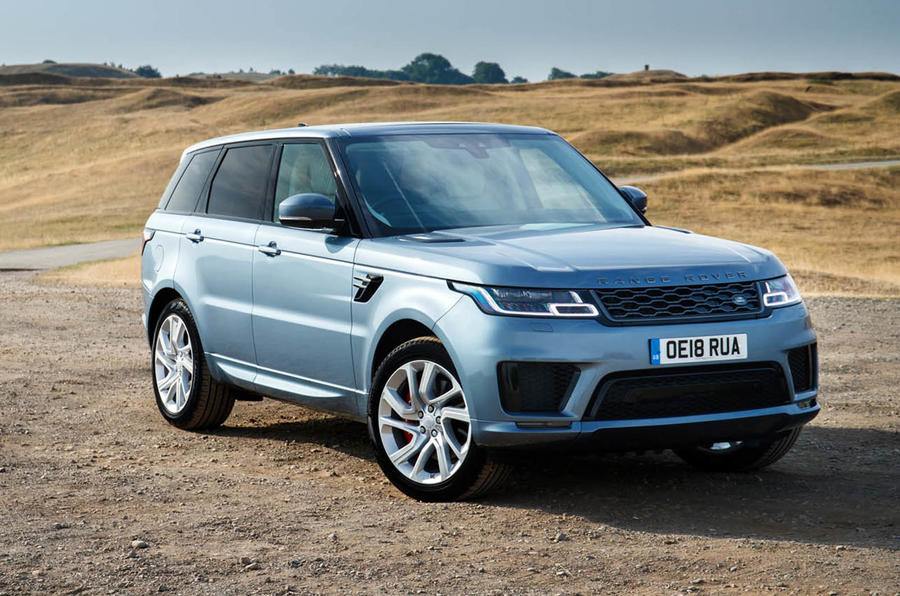 Range Rover Sport L494 Facelifted Front End Design
Range Rover Sport L494 Facelifted Front End Design
A mid-cycle facelift in 2018 brought subtle but impactful changes to the L494’s exterior. This refresh included the introduction of contemporary LED matrix headlights and a refined rear design. While opinions may vary on whether the original or facelifted version is aesthetically superior, the updated model certainly aligns more closely with the sleek design language of the Range Rover Velar, offering a more modern and streamlined appearance. Across the L494 range, large alloy wheels are a standard feature, starting at a minimum of 20 inches. Upgrades to 21-inch wheels are common, and even larger 22-inch options are available, especially on high-performance SVR models. The SVR variants further distinguish themselves with sporty additions such as a carbon fiber bonnet and additional grilles and air intakes, catering to those seeking a more aggressive aesthetic.
Interior Refinement and Technology in the L494 Cabin
 Range Rover Sport L494 Interior Dashboard and Infotainment System
Range Rover Sport L494 Interior Dashboard and Infotainment System
The interior of the Range Rover Sport L494 is where occupants spend the majority of their time, and while the design is undeniably attractive, early models reveal some technological shortcomings, particularly in the infotainment system. A 12.3-inch digital instrument cluster is standard across the range, providing essential driver information. While functional, it doesn’t quite match the sophistication of systems found in competitors like the Audi Q7 or newer BMW and Mercedes-Benz models. However, post-2017 L494 models feature a digital instrument cluster comparable to that found in the Volvo XC90, representing a step up in technology. The primary area for improvement in pre-2017 models is the infotainment system. It utilizes an older system with a smaller 8-inch screen, lacking modern smartphone integration features like Apple CarPlay and offering limited app functionality, which can be a drawback for tech-savvy users.
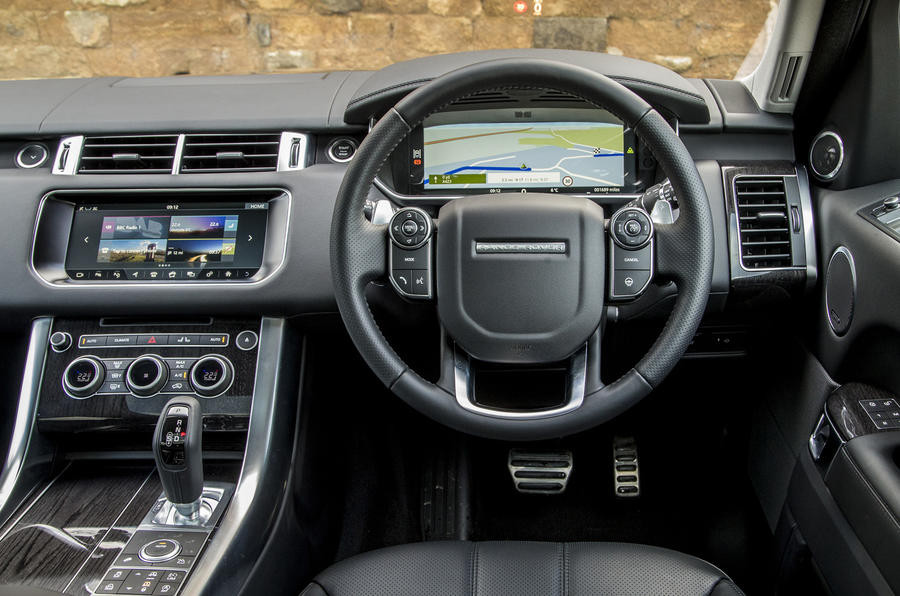 Range Rover Sport L494 Updated Infotainment Screen and Dashboard
Range Rover Sport L494 Updated Infotainment Screen and Dashboard
Recognizing the need for modernization, Land Rover introduced the InControl Touch Pro system in 2017 as standard in the Range Rover Sport L494. This upgrade significantly improved the infotainment experience. While still not class-leading compared to rivals, the InControl Touch Pro system offers enhanced graphics and improved responsiveness. Crucially, it supports retroactive fitting of Apple CarPlay, addressing a key deficiency in earlier models. Aside from the infotainment updates, the fundamental interior design of the L494 remained consistent until the 2018 facelift. This design is inherently luxurious, embodying the classic Range Rover aesthetic with a commanding driving position and comfortable “captain’s chair” style seating. Practicality is also considered with physical knobs for ventilation controls in pre-2018 models, offering intuitive operation.
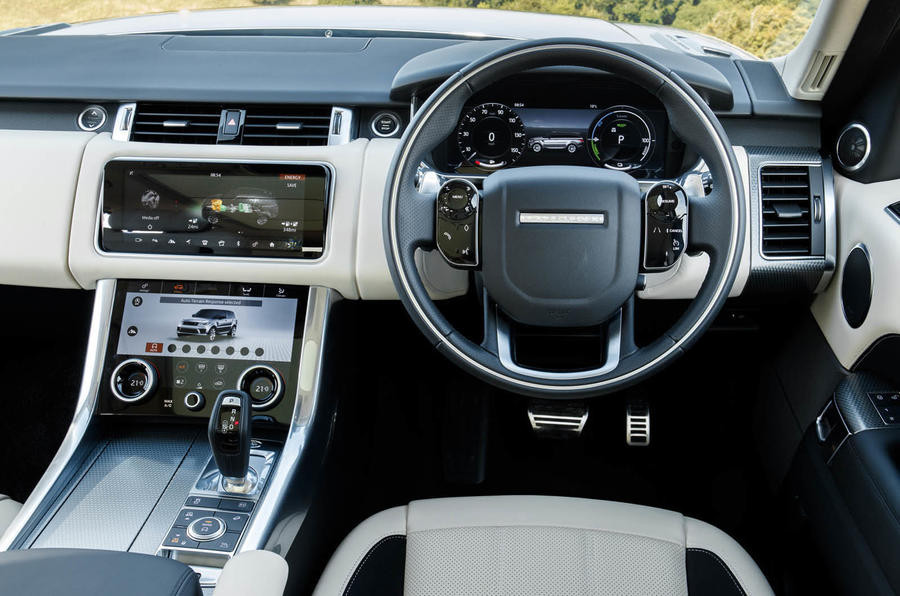 Range Rover Sport L494 Dual Touchscreen Dashboard Design
Range Rover Sport L494 Dual Touchscreen Dashboard Design
The 2018 facelift brought further changes to the L494’s interior, most notably the introduction of a secondary touchscreen to manage ventilation and other vehicle functions. This modernizes the dashboard layout but replaces the tactile feedback of physical knobs with touch-sensitive controls, which may not be preferred by all users in terms of ease of use while driving. Compared to its predecessor, the L494 offers significantly improved interior space, addressing a common criticism of the first-generation Range Rover Sport. The wider body of the L494 ensures ample space for three adults to sit comfortably across the rear seats, aided by a relatively flat transmission tunnel. While the L494 doesn’t feature the split tailgate of the larger Range Rover, it still provides a respectable amount of cargo space, estimated to be around 600 liters up to the load cover. A third-row seating option is available, but it’s notably compact and best suited for children or occasional use. Plug-in hybrid (PHEV) models of the L494 may sacrifice some boot space and the option for a third row to accommodate the battery pack.
Engine Options and Performance of the L494 Range Rover Sport
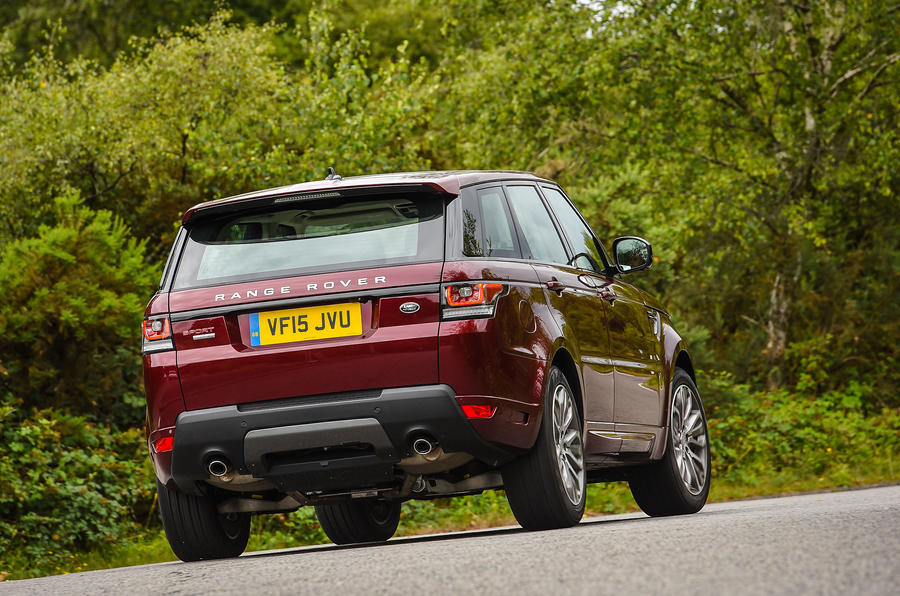 Range Rover Sport L494 Engine Bay View
Range Rover Sport L494 Engine Bay View
The Range Rover Sport L494 boasts an extensive range of engine options throughout its production run in the UK market, offering both diesel and petrol powertrains, including hybrid variants at different times. All engine configurations are paired with an eight-speed ZF automatic gearbox, a widely respected transmission also found in models from Audi, BMW, Jaguar, and other manufacturers. This gearbox is known for its smooth gear changes and responsiveness, complementing the powerful engines offered by Land Rover. For diesel enthusiasts, the 3.0 SDV6 engine emerged as the most popular choice in the UK, but the L494 provides a diverse selection to meet various performance and efficiency needs.
Initially, diesel options for the L494 included the TDV6 (254hp) and the SDV6 (288hp), both utilizing a 3.0-liter V6 diesel engine. Shortly after launch, the more powerful SDV8 (334hp) joined the lineup, featuring a 4.4-liter V8 diesel engine inherited from the larger Range Rover. Petrol buyers were initially limited to a 5.0-liter supercharged V8 engine, producing 503hp initially and later 510hp. The high-performance SVR variant debuted in 2015, significantly boosting power to 542hp and incorporating various performance-enhancing upgrades.
The less powerful TDV6 engine was short-lived, offered only in the base ‘SE’ trim for a single year. In 2015, emissions regulations prompted Land Rover to refine the SDV6 engine, increasing output to 306hp. These updated models achieved ULEZ compliance, exempting them from additional charges in London’s Ultra Low Emission Zone. 2015 also saw the introduction of a diesel-hybrid Range Rover Sport, combining a small electric motor and battery with the SDV6 engine to produce a combined 340hp. However, its all-electric range was minimal (less than five miles), resulting in low sales figures. In 2017, further engine options were added, including a 2.0-liter four-cylinder SD4 diesel (237hp) and a 3.0-liter supercharged V6 petrol (334hp). The SVR variant also received power upgrades, reaching 550hp and then 575hp.
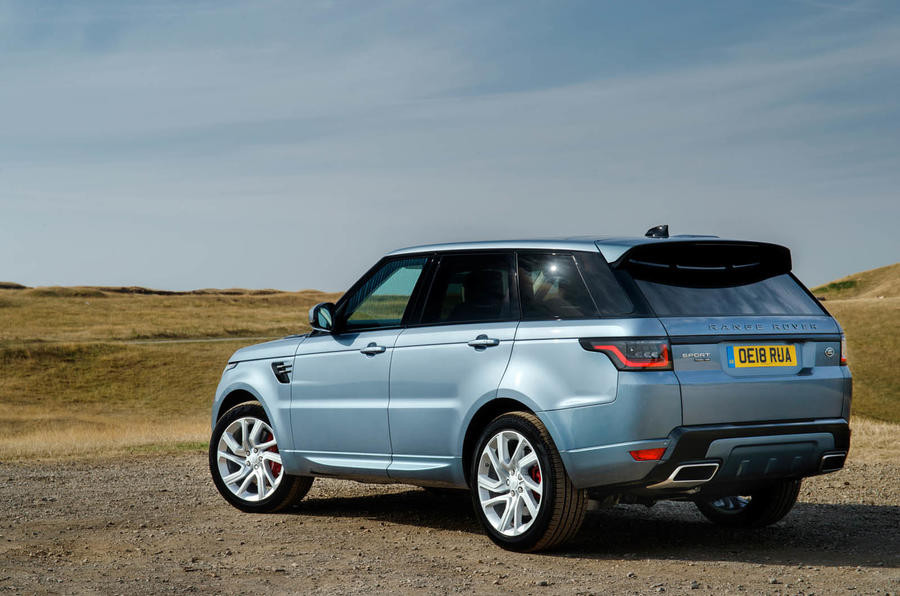 Range Rover Sport L494 Facelifted Rear View with P400e Badge
Range Rover Sport L494 Facelifted Rear View with P400e Badge
The 2018 facelift of the L494 brought a new wave of more efficient engines. The Si4 (296hp), featuring a 2.0-liter ‘Ingenium’ four-cylinder petrol engine, was introduced. However, the SD4 diesel was discontinued in the UK due to limited demand, along with the 3.0-liter petrol V6. The P400e (404hp) plug-in hybrid (PHEV) was launched in 2018, utilizing the same 2.0-liter four-cylinder petrol engine as the Si4 but adding a larger battery and electric motor, providing a more practical all-electric range of around 25 miles. The Si4 was subsequently rebranded as the P300, and the petrol V8 models were revised to become the P525 (525hp) and P575 (575hp), with the latter retaining the SVR designation.
The popular 3.0 SDV6 and 4.4 SDV8 diesel engines continued until 2020, although some ‘new’ models might still be found in dealerships. Officially, they were replaced by a series of 3.0-liter inline-six diesel engines, the D300 (300hp) and D350 (350hp), both incorporating mild-hybrid technology. A P400 (400hp) 3.0-liter inline-six petrol engine was also introduced. While other markets received P360 and D250 engine options, these were not available in the UK market. The later engine range offers a streamlined selection, providing UK buyers with choices of two diesels, three petrols, and a plug-in hybrid, mirroring the engine lineups of competitors like the BMW X5 and Mercedes-Benz GLE.
Driving Dynamics and Ride Comfort of the L494
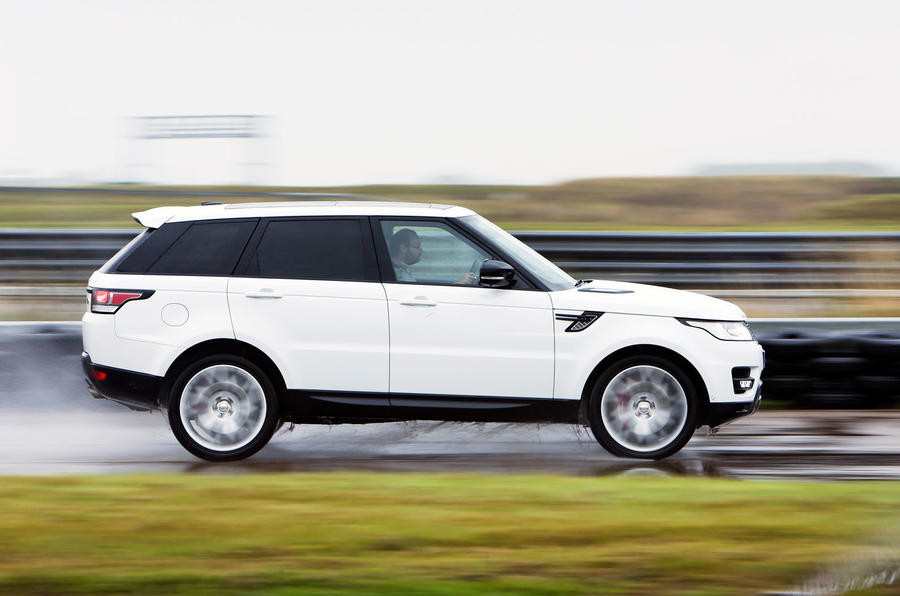 Range Rover Sport L494 on Road Driving
Range Rover Sport L494 on Road Driving
The original Range Rover Sport (pre-L494) was often criticized for its driving dynamics. While it offered good visibility and direct steering, the less powerful engines often felt sluggish, undermining the “Sport” designation. The L494 generation addressed this significantly through weight reduction achieved by extensive use of aluminum in its construction. This weight saving translates to noticeably improved performance across the engine range. Air suspension is a standard feature on all Range Rover Sport L494 models, contributing to a comfortable and refined ride quality, even with the large alloy wheels. The air suspension also enhances the L494’s off-road capabilities. It can raise the vehicle for increased ground clearance on rough terrain and lower it at higher speeds on motorways to improve aerodynamics and reduce wind noise, or in urban environments to navigate height restrictions.
In terms of acceleration, diesel models are more prevalent in the UK market. The short-lived TDV6 models achieved 0-60mph in around 7.1 seconds, while earlier SDV6 versions managed it in 6.8 seconds. Surprisingly, later 306hp SDV6 models maintained the same 6.8-second 0-60mph time. The powerful SDV8 diesel models clocked in at 6.5 seconds, slightly slower than comparable diesel BMW X5s with less power. Four-cylinder SD4 diesel models are the slowest in the L494 range, taking approximately 8.0 seconds for the 0-60mph sprint. The newer D300 and D350 straight-six diesel engines achieve 0-60mph in 6.9 and 6.5 seconds respectively, performance figures broadly similar to the engines they replaced.
 Range Rover Sport L494 SVR Performance Model
Range Rover Sport L494 SVR Performance Model
Petrol engines are less common in the UK L494 market, with the majority of petrol sales attributed to the high-performance SVR models. Early SVR versions accelerated from 0-60mph in about 4.5 seconds, with later iterations improving to 4.3 seconds. The rarer Si4/P300 2.0-liter petrol models complete the 0-60mph sprint in 7.0 seconds, while the 3.0-liter supercharged petrol version takes 6.9 seconds. Earlier 5.0-liter V8 engines achieved 0-60mph in 5.0 seconds, matching the later P525 models despite a horsepower increase in the latter. The more recent P400 models take 5.6 seconds, and the P400e plug-in hybrids, due to battery weight and a smaller engine, achieve 0-60mph in 6.3 seconds. The extremely rare diesel hybrid variant recorded a 0-60mph time of 6.4 seconds, respectable considering its early hybrid technology.
Ownership, Value, and Costs Associated with the L494
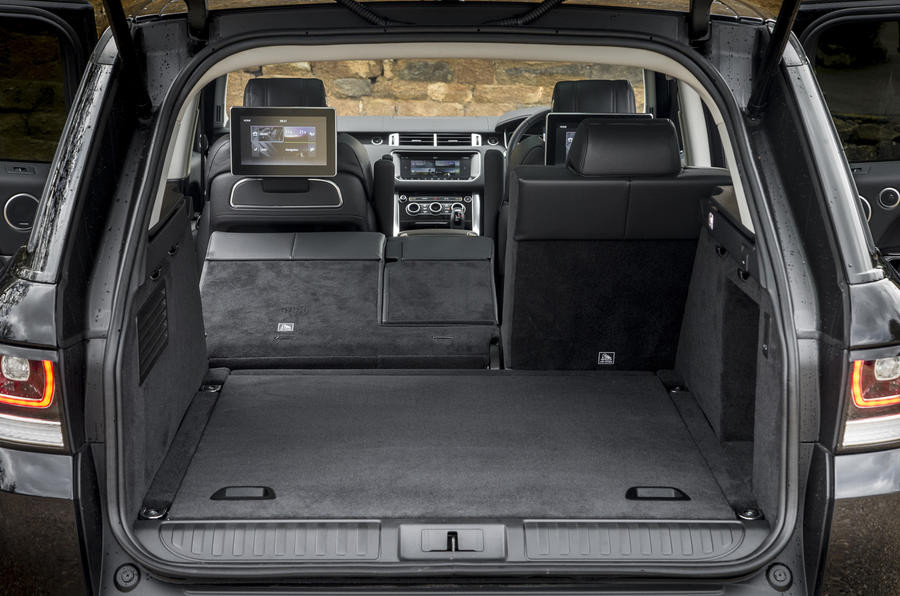 Range Rover Sport L494 Boot Space and Cargo Area
Range Rover Sport L494 Boot Space and Cargo Area
Trim levels for the Range Rover Sport L494 are generally well-equipped. Standard features typically include leather upholstery, xenon headlights, and a digital dashboard. Higher trim levels add features like larger alloy wheels, enhanced braking systems, and distinctive interior and exterior trim elements. The base SE trim was quickly discontinued due to low popularity, making the HSE model the de facto entry point for most buyers. The HSE Dynamic trim adds visual enhancements and specialized driving modes, while the Autobiography Dynamic trim essentially includes almost all available options. The HST trim, introduced later, adopts sportier styling cues inspired by the SVR, offering a more aggressive appearance.
Fuel economy is not a strong suit for large SUVs in general, and the Range Rover Sport L494, due to its weight and aerodynamics, tends to be less efficient than some competitors. Diesel models offer better fuel economy, which contributes to their popularity in larger vehicles. Range Rover Sport diesel owners can typically expect to see between 30-35mpg in mixed driving conditions across all diesel engine variants. While the SD4 diesel might appear more economical on paper, its real-world fuel consumption is often similar to the SDV6 due to the engine working harder to move the vehicle’s weight. SDV8 owners can anticipate averaging around 30mpg with sensible driving habits.
Petrol V8 models of the L494 rarely exceed 20mpg, especially the high-performance SVR versions. Even the more recent P300 and P400 petrol engines struggle to average above 25mpg. The diesel hybrid and the newer P400e PHEV models can approach 40mpg, but this is highly dependent on frequent charging for the P400e and driving style. It’s important to note that all L494 versions cost over £40,000 when new, meaning that models registered after 2017 in the UK are subject to higher road tax rates until the vehicle is six years old. Petrol versions fall into the highest road tax bracket, resulting in significant annual costs.
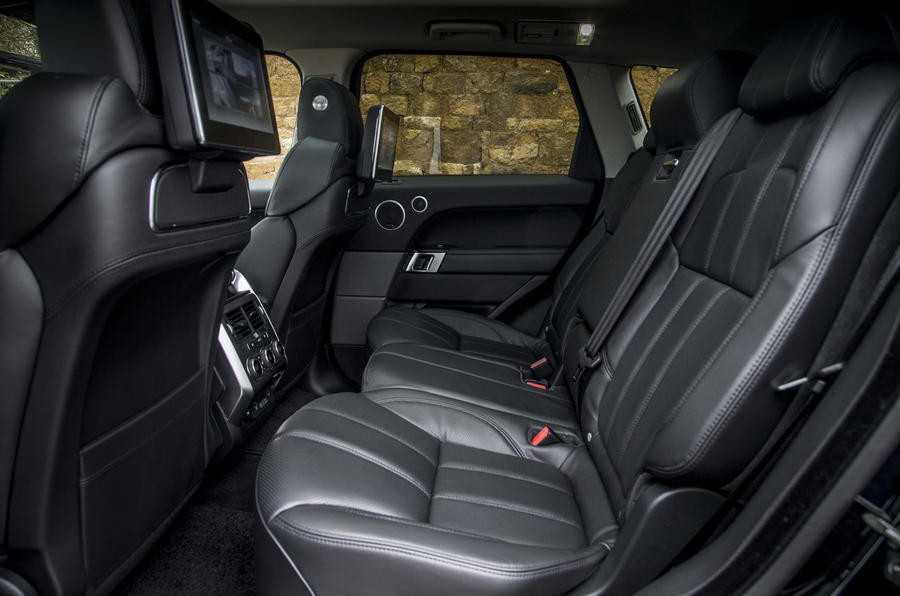 Range Rover Sport L494 Rear Passenger Seats Legroom
Range Rover Sport L494 Rear Passenger Seats Legroom
In the used car market, the Range Rover Sport L494 holds its value relatively well. The most affordable examples start around £20,000, but these often have high mileage and aftermarket modifications, making them potentially less desirable. Models priced under £25,000 are typically earlier 2014 versions, which are not ULEZ compliant in London, a crucial factor for buyers in that area. ULEZ-compliant SDV6 models from 2015/16 start around £27,000, placing them at a higher price point than similarly aged BMW X5s and Audi Q7s. Petrol V8 models start from approximately £30,000 for late 2013 vehicles.
For an L494 with the upgraded InControl Touch Pro infotainment system, buyers need to look for 2017 models, starting at around £31,000 for higher mileage examples. Even SD4 models from 2017 start at £33,000 but often have lower mileage than the SDV6 counterparts. Facelifted 2018 models command a significant price premium, with SDV6 versions starting at £45,000 and plug-in hybrid and petrol versions of the same age starting around £50,000, which is comparable to early 2015 SVR models. The newest D300 versions, being less than a year old in the context of the original article, were still priced at £65,000+, with brand new SVR models reaching into six figures.
Verdict on the Range Rover Sport L494
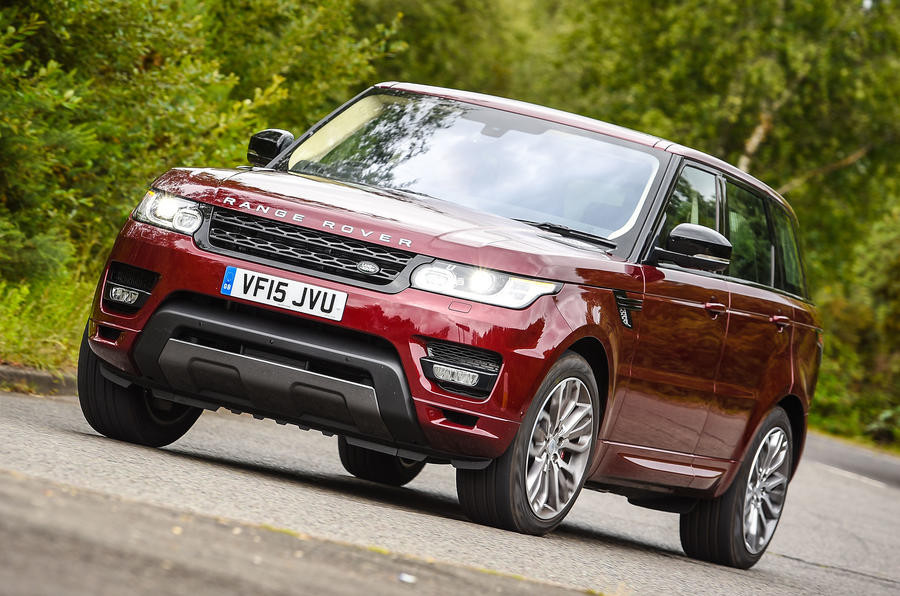 Range Rover Sport L494 Front Angle View
Range Rover Sport L494 Front Angle View
The Range Rover Sport L494 represents a significant step forward from its predecessor, offering enhanced luxury, performance, and technology. While this review highlights the extensive updates and variations within the L494 generation over the years, it underscores the enduring appeal of this model. For automotive professionals at CARDIAGTECH, the L494’s complexity and advanced systems make it a key vehicle to understand for diagnostics and repair expertise. Despite potential drawbacks like fuel economy and infotainment system limitations in earlier models, the L494 remains a highly desirable SUV.
However, factors like emissions regulations and purchase price need careful consideration. ULEZ restrictions in cities like London make older, non-compliant models less practical for some buyers. The cost of a ULEZ-compliant Range Rover Sport L494 often exceeds that of younger competitors like the BMW X5 or Volvo XC90, or even near-new vehicles in a lower class. Ultimately, while the Range Rover Sport L494 holds considerable appeal, prospective buyers need to weigh its desirability against its price and running costs to determine if it aligns with their needs and budget.





